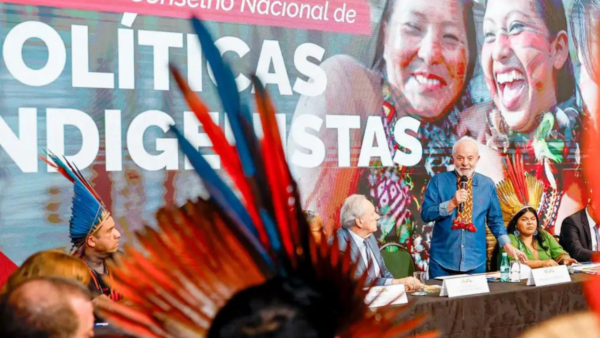At least 400 indigenous people speaking 300 native languages are spread across the 6.7 million square kilometers of the Amazon rainforest, an area that spans nine South American countries. Besides seeking to preserve their ancient traditions and ways of life, these communities also play a crucial role in protecting land and natural habitats.
Facing predatory threats from countless angles, the Amazon’s indigenous communities largely remain bastions of environmental conservation. Territories occupied by native groups have deforestation rates drastically lower than in the rest of the biome.
And yet, even with the importance of keeping the forest standing, these indigenous groups have struggled to gain influence in financial discussions over environmental preservation and climate issues. Now, some of these groups are rising to demand change.
The stage for these demands is the UN Climate Change Conference (COP27) in Sharm el-Sheikh, Egypt. Before the event gained any attention from governments around South America, indigenous representatives in Amazon nations sought to join forces and draw the world’s attention to the problem of investment inequality.
The joint effort highlighting the urgent need includes organizations representing the region as a whole, such as the...


 Search
Search






































